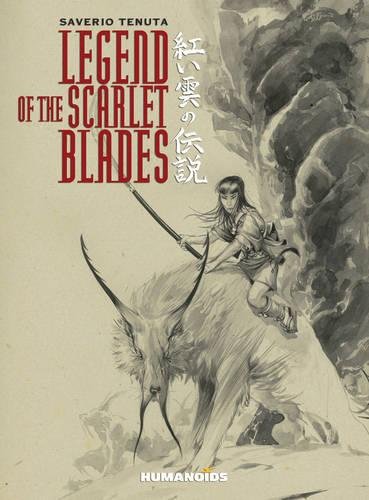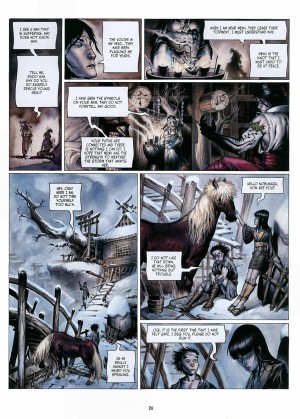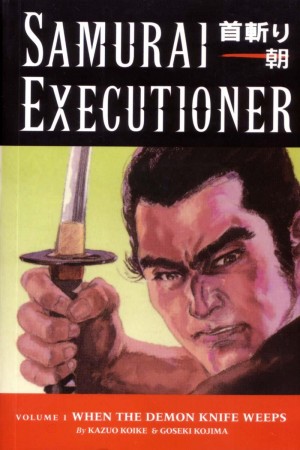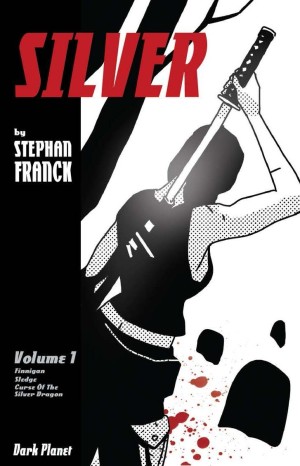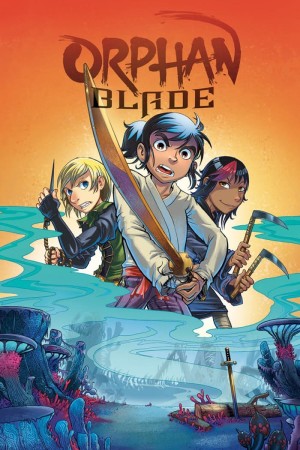Review by Ian Keogh
For all the years that manga has been available translated into other languages, very few non-Japanese creators have been seduced into producing stories about that most Japanese of heroes, the Samurai. Frank Miller, obviously, and now Saverio Tenuta, each taking a very different approach. In Ronin Miller prioritised fidelity to his inspiration, but Italian artist Tenuta applies European sensibilities to the subject, producing his pages in full colour with ornate flourishes.
Raido is a one-armed swordsman, yet not handicapped by this, extremely skilled even when it comes to facing supernatural beasts. His memory is lacking, he hears voices, but without clarity, and carries a basket from which blood drips, yet has found some measure of peace when near a teenage girl named Meiki who performs shadow puppet shows. Readers are privy to much of the past that Raido has forgotten, that he has a mortal enemy, and an indication of Tenuta’s individual approach is resolving that problem midway through the book.
This translated Humanoids edition combines the entire four album cycle of the European editions, both introducing us to Raido and completing his story. Tenuta sets this in a variation of the 15th century that serves as the present day, while also dropping back liberally to the past, so by the end of the book there’s a complete chronology of all the major characters and how they interact. It seems awkward to begin with, but once apparent this is an ongoing feature the segues are smoother and Tenuta ties his cast together deftly and inextricably, although revelation via mystical awareness might be seen as a plot convenience in doing so. The scarlet blades of the title are a family heirloom and their importance comes to prominence in the final stages. For all the drama, Tenuta’s dialogue is overstated and portentous. Everyone is giving voice to a role rather than having conversations.
While the plot serves to turn the pages, it’s Tenuta’s art providing the star attraction. He’s very skilled in the European painterly fashion, but acknowledges his debt to Japanese storytelling throughout, beginning with the puppet theatre, and has a terrific sense of decorative design. His pages of Raido in single combat against large wolf-like creatures are spectacular and gruesome balletic violence, and his scenery is amazing, helped by large portions of the story being set in snow.
By combining mysticism with the past there’s surely an interest from Game of Thrones fans, who should appreciate the large canvas and conjoined cast.
